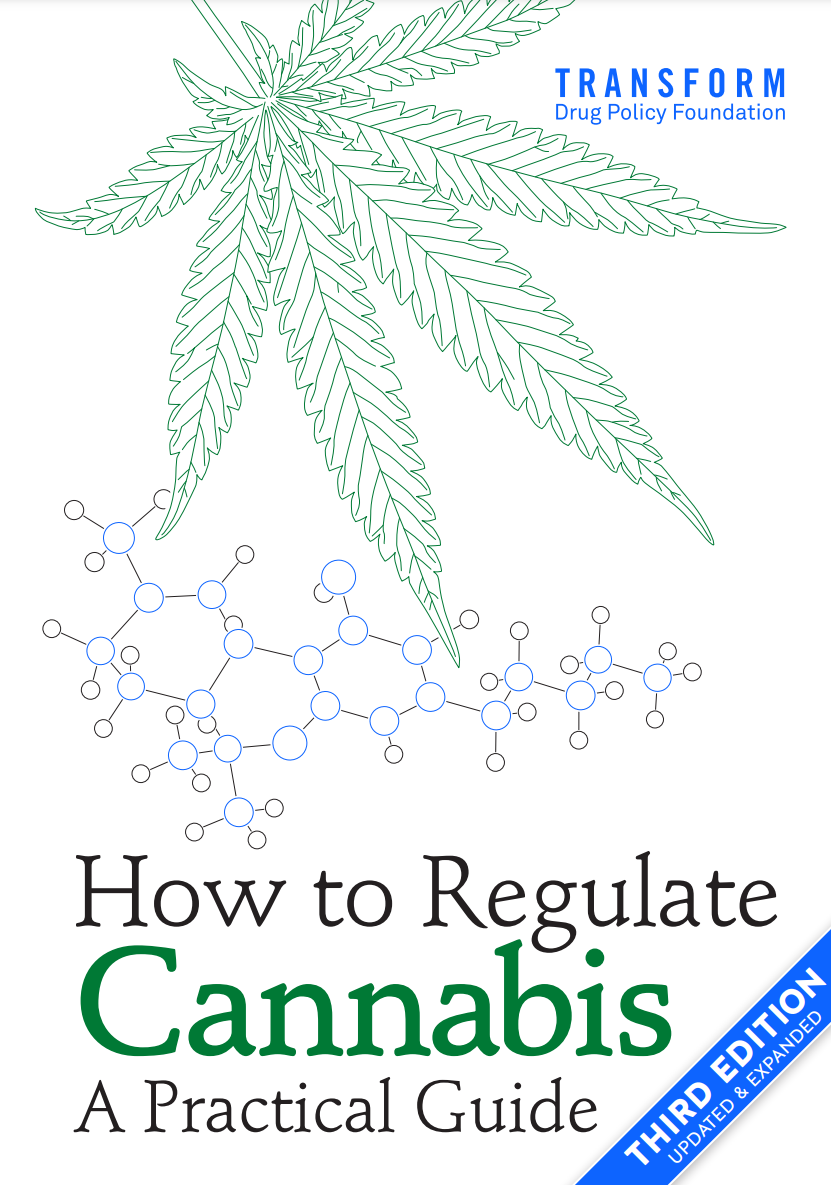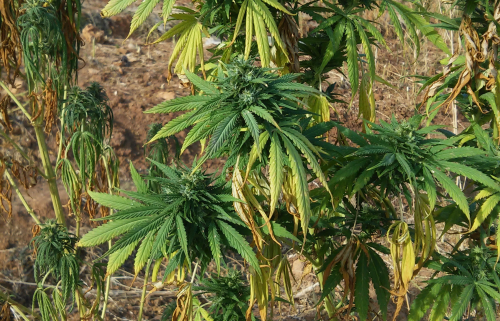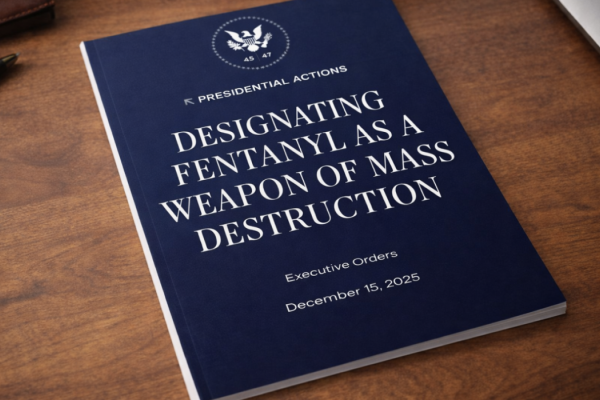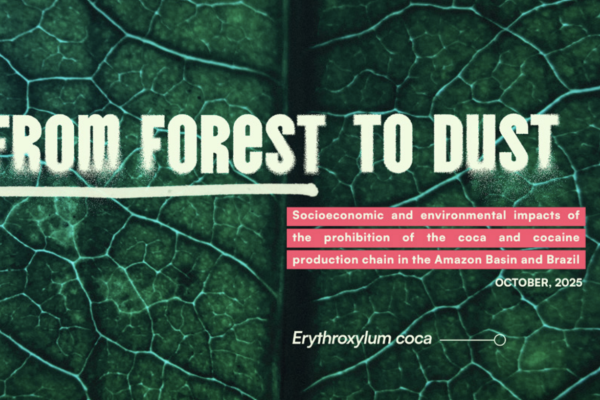11th March 2022
This is an edited extract from the newly updated 3rd edition of 'How to Regulate Cannabis: A Practical Guide' You can purchase the hard copy for only £15 or access online for free.
Currently, the United Nations drug conventions prevent a legally regulated export trade for non-medical cannabis. This is acknowledged in the Canadian Cannabis Regulations, which only permit the import and export of cannabis for medical and scientific purposes (for those granted the relevant import or export permit). However, while jurisdictions that have moved beyond their UN treaty obligations and legalised cannabis domestically have thus far avoided more contentious international trade, in the longer term such a trade (and changes in the international treaties to allow it) seems inevitable.
Recent years have seen cannabis producers become multinational companies. There are multiple Canadian producers which now operate in five continents, serving both the non-medical market in Canada and medical markets in Canada and elsewhere. The already global nature of cannabis policy, and the existence of multinational operators, highlights that future market dynamics are already being established. At some point soon, these dots will be joined and international trade in cannabis for non-medical use will become a reality. This further highlights the urgent need to hardwire sustainable development and social equity into the policy design of emerging regulated markets at both national and international levels, while taking steps to prevent corporate capture. If regulators wish to prioritise local, or smaller, businesses then proactive steps will need to be taken to ensure they are able to access market space. In the absence of such proactive measures, market forces with no inherent sympathy for sustainable development or social equity will prevail.
There is already extensive experience, both good and bad, from the regulation of international trades in all manner of products, that can provide lessons on the best way forward. The development of international trade in medical cannabis will inform future trade in non-medical cannabis and, given the similarities of the markets, the latter is likely to mirror the experiences of the former.
However, at present, protectionism is a feature of many medical cannabis markets, with regulators favouring local producers. In the US, this is due to the fact that cannabis remains illegal at a federal level, meaning a series of internal markets have developed at state-level. In the Netherlands, there is presently a single licensed cannabis producer, with a government office the sole purchaser. In Canada, government data indicated that in September 2020 the country had not imported any commercial medical cannabis since late 2018, with only very small quantities of dried cannabis and cannabis oils imported in that timeframe, and then only for research and scientific purposes. In contrast, commercial exports of medical cannabis from Canada have grown dramatically in recent years — exporting to 19 countries in 2019.
In the longer term, one area of particular interest is the potential for long-established cannabis cultivation regions to continue production under a regulated market framework, given demand for some traditionally produced forms of cannabis will no doubt continue in consumer countries. If legalisation occurs in both producer regions and consumer markets, if international transit issues can be resolved, and if the products can meet established quality criteria, then there is the possibility that some form of export trade could be established. However, current trends suggest that these will not be easy obstacles to overcome. Legalising cannabis production and export for medical use has become an increasing trend in recent years, viewed as a potentially lucrative source of revenue to meet demand in consumer medical markets.[1] However, in reality, as already noted, many Global North countries with growing medical markets, like Canada and Germany, are nurturing their own domestic production. Emerging production in Africa, for example, may not have sufficient advantages, in terms of climate or lower production costs, to compete with domestic production in the Global North. Despite the size of the market by value, the area under cultivation for medical cannabis remains relatively tiny in agricultural terms. And for a very high net value crop, required to meet the stringent standards required for domestic or regional Good Agricultural Practices and Good Manufacturing Practices, domestic production is attractive in both practical and economic terms.[2]
It is also the case that the global nature of future markets may, without adequate protection, encourage those in producer regions to alter production methods to match demand in the lucrative Global North markets (for example, moving to produce higher THC products).[3] That is to say, rather than traditionally produced cannabis being afforded its own niche market space, producers may be financially incentivised to adapt away from traditional methods to meet profitable consumer demand. However, positive action at an international level can help boost and maintain these niche export markets, while encouraging good practice at a production level, and nurture demand for traditionally produced cannabis.
Small scale producers will realistically be unable to compete with corporate multinationals. Some forms of protectionism may be needed to guarantee livelihoods, but this is also a natural opportunity for well-established fair trade principles and structures to be applied.[4] Fair trade models have been implemented in a range of other industries, seeking to address ‘the exploitative structure of transnational consumer markets’.[5] A broader understanding of ‘fair trade’ involves guaranteed minimum prices for producers to provide economic sustainability, and a premium paid by the consumer that is then invested in community development projects, education, and training. This is alongside a goal of ensuring wider realisation of development goals including: the protection of workers rights; empowerment of women; protection of children; and responsible environmental stewardship. Rather like coffee, cannabis production could be subject to fair trade principles, and even some kind of protectionism along the lines of the EU’s ‘Protected Designation of Origin’ (PDO), ‘Protected Geographical Indication’ (PGI) or ‘Traditional Speciality Guaranteed’ (TSG) systems[6] could be applied to certain traditional forms of cannabis. Lessons must also be learned from the failures of coffee, and other industries implementing principles of fair trade; proactive steps and evaluation are necessary to ensure that multinationals do not simply utilise fair trade to ‘fairwash’ their brands, and that the system provides meaningful benefits for Global South producers.[7] The Caribbean Fair(er) trade Cannabis Working Group, in their 2020 position paper, propose 23 guiding principles for establishing fair trade among traditional actors in legal cannabis markets. These include:
Traditional actors must be afforded privileges and concessions to assist transition: including legal recognition of traditional cannabis/ganja farmers; access to farming subsidies; and recognition of traditional grown areas of cannabis
The establishment in law of privileges and concessions to traditional actors, to constrain regulators
Cannabis should be acknowledged as a plant for regulatory purposes, to facilitate access to benefits and subsidies available in agricultural sectors
The development of a niche market in global cannabis trade, with geographic branding indicators, to support the fair trade agenda
Binding foreign investors under clear conditions which allow local farmers to compete, including providing training to help research and manufacturing capacity[8]
Traditional illicit cannabis production in countries including Mexico, India, Afghanistan, Lebanon, Morocco and Thailand is still a major industry that employs significant numbers of people. If domestic production is favoured in legalising countries elsewhere, the major positive impacts of reform on producer regions, such as reductions in criminal profiteering, conflict and instability, need to be weighed against the short- to medium-term reductions in GDP that some regions may experience, as well as the loss of economic opportunities that are likely to be felt by some already marginalised populations. Indeed, the involvement of most farmers and labourers in the illegal drug trade is in large part driven by ‘need not greed’, their ‘migration to illegality’ primarily the result of poverty and limited life prospects. These negative consequences of reform should not be ignored, and measures to counteract them should, where possible, be incorporated by domestic and international agencies during the development of any new systems of legal cannabis regulation. As Seddon and Floodgate argue, ‘The status of former participants in the illicit cannabis retail trade in the Global North should be understood as a matter of transitional justice. Supporting and resourcing their capacity to earn livelihoods, either within or outside the legal cannabis industry, should be a long-term commitment.’[9] More conventional development interventions will be required for those cannabis producers for whom employment in any legally regulated trade is not practically or economically viable, or not desired. Lessons can certainly be learnt from the extensive experience of so-called ‘alternative development’ which, while failing in its goal of reducing illicit drug production, has, when done well, at least, demonstrated how drug crop growers can establish livelihoods outside of the drug trade.
At their best, alternative development programmes have attempted to tackle structural factors driving communities to cultivate illegal crops and helped them transition into the legal economy. Some local successes have been achieved, even if there is little impact on wider supply controls.[10] The more effective alternative development projects have employed long-term, carefully sequenced and adequately financed multi-agency support and avoided criminalising small-scale actors. Rather than demanding the immediate eradication of drug crops as a precondition of participation, they have sought to involve impacted communities in the design of programmes. However, the alternative development debate has also historically failed to acknowledge drug prohibition as one of the key structural drivers of regional underdevelopment, let alone explore options for regulation as a way forward.
Regulation promises to deliver the contraction of illegal drug production over time that alternative development, eradication and interdiction have so conspicuously failed to achieve. For example, the emerging legal cannabis markets in the United States are already likely to be affecting the scale of Mexico’s illegal market production (pending the implementation of Mexico’s own legal market).[11] But as this transition continues, the low-level actors in cannabis production will need to establish alternative livelihoods
or make the transition to producing cannabis for the nascent legal economy. In either scenario, the lessons learnt from decades of alternative development: what has worked and what has not can offer useful guidance. How long the transition to a truly global cannabis market may take is unpredictable, but it is important that these development issues are planned for from the outset.
Given key consumer countries played a driving role in establishing and maintaining the prohibition that created current patterns of illicit production, they should also bear some responsibility for funding the development interventions that the transition to legal markets will require. So a proportion of the ‘peace dividend’ that will arrive with the end of the cannabis prohibition (the criminal justice savings plus potential cannabis market tax income) could be earmarked for development efforts in former cannabis-producing regional economies. This clearly needs international collaboration and coordination, so will likely be hampered until revisions are made to the UN drug control regime.
The consequences of global drug prohibition for sustainable development, the impacts of any shifts away from it, and how to mitigate any resulting harms, all need to assume much greater prominence in the debate around cannabis law reform, which has historically tended to focus on the concerns of Global North consumer countries. It is promising that, in recent years, the role of social equity programmes has featured prominently — particularly in debates around cannabis regulation in the US. However, internationally, there needs to be greater focus on the role that regulation has in sustainable development, and how social equity and justice can be promoted outside of domestic markets. This is particularly the case as the international cannabis market continues to develop and multinational companies continue to speculate for emerging market space. As the International Drug Policy Consortium calls for in its advocacy note on the responsible regulation of cannabis, we need to ensure that regulatory models ‘promote business models and international trade policies that advance economic inclusion, sustainable development and climate justice throughout local, regional and global supply chains’.[12]
This is an edited extract from the newly updated 3rd edition of 'How to Regulate Cannabis: A Practical Guide'! You can purchase the hard copy for only £15 or access online for free.

header photo: https://commons.wikimedia.org/...
References
1. See, e.g.: Mumbere, D. (2020) Malawi becomes latest African country to embrace cannabis, Africa News 18th February. https://www.africanews.com/2020/02/28/african-countries-embrace-cannabis-zambia-south-africa-zimbabwe-lesotho/
2. For discussion on the challenges of meeting regulatory standards to export cannabis, see: Klein, A. and Hanson, V. (2020) Ganja Licensing in Jamaica: Learning lessons and setting standards, UWI and ICCR (Interdisciplinary Centre for Cannabis Research), p21-22. http://iccresearch.org/sites/default/files/Ganja%20Licensing%20in%20Jamaica%20-%20April2020.pdf
3. See, for example, changes brought about in Morocco to produce higher THC strains: EMCDDA (2019) Developments in the European cannabis market, p8. https://www.emcdda.europa.eu/system/files/publications/11391/TDAU19001ENN.pdf
4. See for example: World Fair Trade Organization, Fairtrade International et al. (2018) The International Fair Trade Charter. https://docs.wixstatic.com/ugd/291e20_d0760267b37a41328b80e4df127f85cb.pdf
5. Seddon, T. and Floodgate, W. (2020) Regulating Cannabis, Palgrave Macmillan, p265; see also: Jelsma, M., Kay, S. and Bewley-Taylor, D. (2019) Fair(er) Trade Options for the Cannabis Market, TNI. https://www.tni.org/en/publication/fairer-trade-cannabis
6. See the relevant EU detail here: http://www.ec.europa.eu/agriculture/quality/.
7. Johannessen, S., & Wilhite, H. (2010) Who Really Benefits from Fairtrade? An Analysis of Value Distribution in Fairtrade Coffee, Globalizations 7(4) pp525–544; Seddon, T. and Floodgate, W. (2020) Regulating Cannabis, Palgrave Macmillan, p266.
8. Fair(er) trade Working Group (2020) Position Paper — The emerging cannabis industry in the Caribbean and a place for small-scale traditional farmers. http://iccresearch.org/project-papers/position-paper-–-emergingcannabis-industry-caribbean-and-place-small-scale
9. Seddon, T. and Floodgate, W. (2020) Regulating Cannabis, Palgrave Macmillan, p280.
10. Federal Ministry for Economic Cooperation and Development (BMZ) (2016) Rethinking the Approach of Alternative Development: Principles and Standards of Rural Development in Drug Producing Areas, 4th edition, Deutsche Gesellschaft für Internationale Zusammenarbeit (GIZ) GmbH. https://snrd-asia.org/download/sector_programme_rural_development/Rethinking-the-Approach-of-Alternative-Development.pdf
11. Chouvy, P.-A. (2019) Cannabis Cultivation in the World: Heritages, Trends and Challenges, EchoGéo 48, pp1–20, p12.
12. IDPC (2020) Principles for the responsible legal regulation of cannabis, p4. http://fileserver.idpc.net/library/IDPC_Responsible_Leg_Reg_1.0.pdf
See also the webinar series, and related publications, produced by Health Poverty Action in association with a number of other drug policy NGOs: Health Poverty Action (2020) A World With Drugs: Legal Regulation Through a Development Lens. https://www.healthpovertyaction.org/change-is-happening/campaign-issues/a-21st-century-approachto-drugs/legal-regulation-of-drugs-a-development-lens/




